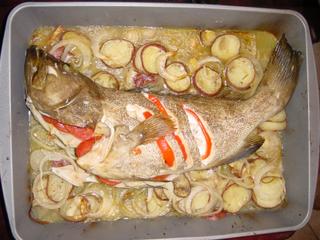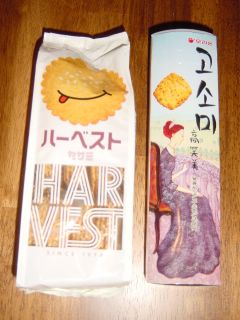Panera Bread Leads National Trend of All-Natural Chicken
Bakery-cafe leader to be the largest restaurant buyer of all-natural white
meat chicken in 2005
RICHMOND HEIGHTS, Mo., May 10 /PRNewswire-FirstCall/ -- Panera Bread
(Nasdaq:
PNRA), the company known for being the first to bring handcrafted
artisan breads to consumers on a national scale, today announced its
commitment to leading another food trend -- all-natural chicken. Now, in more
than 700 Panera Bread bakery-cafes across the country, consumers can
experience the superior taste of chicken that truly can be called all-natural.
While other restaurant concepts or grocery stores may label poultry as
all-natural, the chicken available at Panera Bread is of such a high quality
that it dramatically exceeds the USDA's standards. According to the USDA,
"all-natural" describes food that is "made without chemical food additives or
refined ingredients." In addition to meeting these guidelines, the chicken at
Panera comes from birds that have been raised in low-stress environments on
all-natural, antibiotic-free and vegetarian diets.
This year, Panera Bread expects to purchase up to seven million pounds of
all-natural white meat chicken -- making it the largest buyer in the
restaurant industry. "All-natural chicken is the latest development in
Panera's ongoing work to source the best ingredients to create the best
tasting menu items for our customers," said Ron Shaich, Panera Bread chairman
and chief executive officer. "Our initial focus on flavor drove us to source
a high-quality chicken that not only delivers exceptional taste, but also has
the benefits of being all-natural."
Panera Bread first began its search for a superior tasting chicken nearly
two years ago. That search brought the company into partnerships with the
farms of Bell & Evans and Fieldale, both of which have rigorous standards for
raising chickens on an all-natural, antibiotic-free diet in a low-stress
environment. In the past year, Bell & Evans has added 17 family farms with 33
growout buildings to raise more than one million additional chickens per year.
A significant amount of this additional capacity is due to the increased needs
of Panera Bread.
Panera Bread offers customers several ways to enjoy two tantalizing
flavors of its all-natural chicken -- one with a pepper-mustard rub and the
other with a sweet citrus-herb blend. Popular salads, such as Asian Chicken
Sesame Salad and Grilled Chicken Caesar Salad, now feature the new chicken,
which also can be added to any salad on Panera's award-winning menu. Several
new or improved menu items also have been introduced to showcase the
outstanding flavor of the all-natural chicken, including:
-- Chicken Caesar Sandwich -- Freshly baked artisan three cheese bread is
layered with all-natural pepper-mustard chicken breast, Caesar
dressing, Asiago-Parmesan cheese, tomatoes, red onions and spices
-- Tuscan Chicken Sandwich -- a new recipe of a bakery-cafe favorite, now
featuring all-natural pepper-mustard chicken, field greens, tomatoes,
red onions and pesto on freshly baked rosemary and onion focaccia
-- Strawberry Poppyseed Salad with Chicken -- a seasonal salad featuring
all-natural citrus-herb chicken, romaine lettuce, strawberries,
blueberries, pineapple, Mandarin oranges and pecans in a sugar-free
poppyseed dressing
-- Fuji Apple Chicken Salad (available May 25) -- a limited-time-only
salad with all-natural citrus-herb chicken, field greens, romaine
lettuce, tomatoes, red onions, pecans, gorgonzola cheese and apple
chips, dressed in a white balsamic and Fuji apple vinaigrette
The rigorous search for the best tasting ingredients, the support of
family farming and the introduction of the all-natural chicken in Panera Bread
bakery-cafes demonstrate the company's values. "For more than 100 years, our
family farmers have shared a passion for bringing the highest quality, all-
natural chicken to the consumer market," said Scott Sechler, president of Bell
& Evans. "We are proud to partner with a company like Panera Bread, which
shares our commitment to respect consumers and deliver them the best possible
products."
The new, all-natural chicken is available in all Panera Bread bakery-cafes
nationwide. For more information, visit
http://www.panerabread.com .
Panera Bread owns and franchises bakery-cafes under the Panera Bread and
Saint Louis Bread Co. names. The company is the leader in the emerging
specialty bread/cafe category due to its unique bread combined with a quick,
casual dining experience. As released in the February 16, 2005 earnings
statement, Panera Bread operates 741 bakery-cafes (226 company-owned and 515
franchised). Additional information is available on the company's website,
http://www.panerabread.com .











